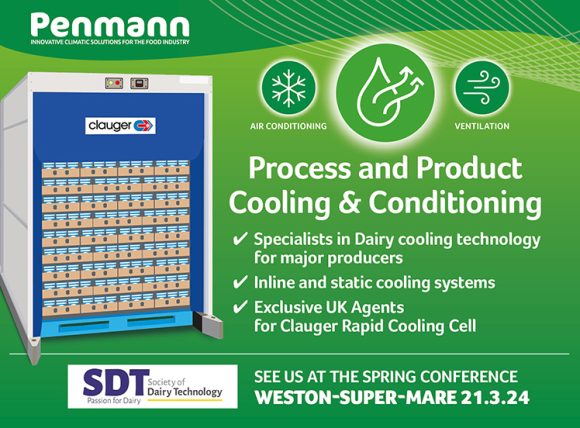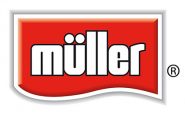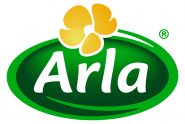Condensation is a common problem in the food manufacturing environment. The degree of risk posed by cross contamination is open for debate, but currently it is at the top of any auditors list when inspecting your plant.
Condensation is caused by an air mass being exposed to a surface that is below its dew point. Any volume of air holds an amount of water in vapour form. If that air mass cools it’s relative humidity gradually increases until it reaches 100% at which point it is termed saturated and it can no longer hold the water as a vapour and droplet form. The temperature at which this saturation condition occurs is also the dew point temperature.
And here’s one we did earlier:
Before

After

Condensation can occur on relatively warm surfaces if the air mass has a high moisture content, equally it can occur in relatively dry environments if exposed to a surface that is sufficiently cold. Condensation will never occur on a surface that is warmer than the local air temperature.
There are numerous occasions in food manufacturing process where the conditions are right for condensation to form, some examples include;
- High moisture loss from product post heat treatment
- Infiltration of warm moist air in to a chilled environment
- High water vapour content resulting from wash down processes
- Packing hot product too quickly
- Rapid changes in temperature of the building envelope
- Deteriorating insulation
The good news is we have provided solution for all of the above. Why not call us for a free assessment 0113 202 7300







